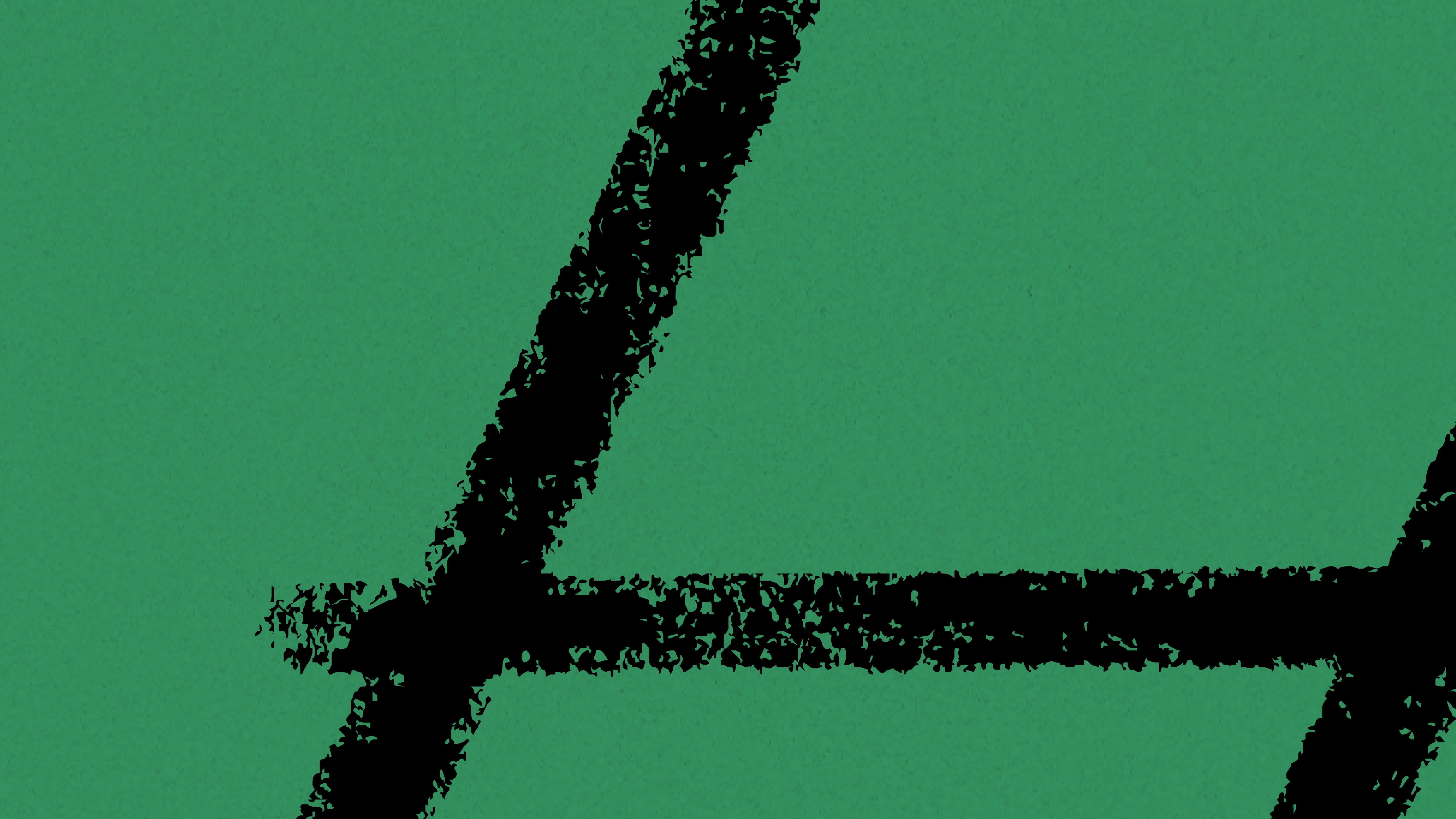
Thinking Physically with Yancey Strickler
How the former co-founder and CEO of Kickstarter wrote and researched his new book
January 29, 2020
In 2017, Yancey Strickler quit his job as the CEO of Kickstarter, rented a small apartment in Chinatown, and started to write a book called This Could Be Our Future.
As the former co-founder of the startup that created the category of crowdfunding you might think he was writing about technology. But, no.
He didn’t even write with technology. He switched off the internet completely, and turned the walls of his part-time garret into a canvas painted from wall to window with splashes of Post-Its, and decorated with stacks of books on post-capitalist theory.
“It started out being really scary,” he says. “The second day was so hard because I had to touch deeper parts of myself than I’d had to touch in a long time. And I was the only person there in this apartment.”
Yancey was writing about where capitalism has failed, where it has succeeded, and how it should change in order to create a better future for all of us.
But even though he was on the hook to write and publish the book in just a year, he hadn’t yet even figured out what the central metaphor for it was going to be. He had to figure that out as he went along.
So, how did he come up with bentoism — his idea for how to change capitalism? How did he synthesize the best thinkers in the history of economics in order to write his book? And how did he actually write the book itself?
We cover all that and more in this interview. Let’s get to it!
How the book began
From the start, I knew this project needed to kick my ass.
I knew that from the second the starting gun sounds, I needed to push myself. So I created as many structures as I could to help me produce my best work.
I knew I was going to write a book about expanding our conception of what it means for something to be valuable. But I needed to figure out: how do I tell that story?
He used the physical space to develop his ideas
In the beginning, my process was very physical. I barely used my computer. The computer is a very rational experience. The most liberating space to be creative is actually the world around you: the walls, the floor, or the moleskin on your lap.
I gave myself a year to write the book. But for the first month, I only read.
I read Adam Smith, Karl Marx, Thomas Piketty, and other economists, historians, and philosophers who thought about value. I would sit on the floor amid all these books, pulling out ideas and writing them on Post-It notes.
I covered the space with hundreds of Post-Its of ideas that stood out to me.
I have such strong memories of walking around the apartment looking at these notes, and trying to imagine them in my mind.
It turns out that if you put a bunch of these Post-It notes on a wall from the books you’re reading, the larger topics start to organically emerge from them. It’s this bottom up process.
So I would read a bunch of interesting things, and then lay them out in front of me and ask myself: What is this about? What’s actually important about these things? Sometimes it was nothing, and sometimes you realize: Oh, this is about worker pay.
The process of seeing them manifested physically in front of me was so helpful. You're just flowing, thinking about all of these ideas and how they fit together.
And soon, I was kind of able to see these Post-Its transitioning into a book, as if they were in a stop-motion animation.
Then I started refiltering the Post-Its back into an outline I had written — that helped me winnow down what was supposed to be in there and what wasn’t.
He wrote the book itself using Scrivener
I used the word processing program Scrivener to help me turn my outline into chapters.
I like Scrivener because each chapter becomes its own folder made of sub-documents. This allows you to compile your ideas and connect them, but also keep them somewhat distinct so that you can rearrange them easily if you need to.
That’s what you’re seeing below. Each chapter becomes an index card on a corkboard. That way you can get a sense for what each chapter is, and easily rearrange them as your narrative changes.
This was especially helpful because I like to break up my ideas to make them more digestible. I envisioned the book like an Adam Curtis documentary, with an emphasis on montage. I wrote it chunk by chunk, with 300 here and 1000 words there. The structure of Scrivener let me reflect the style of the book I was trying to create.
The process felt like watching this miracle of watching the folders accumulating one by one.
How he structured his writing time
I took about a month to write each of the first few chapters. Eventually, though, I could do a chapter in about three weeks.
I wrote each chapter in a very visual way. I spent a lot of time trying to picture what the words would look like on the page and how the reader would experience the text.
My goal was for no paragraph to be longer than five lines, because anything longer than that would feel too dense. I also tried to keep sentences at 12 words or less, just to keep it punchy. I wanted as many short sentences and paragraphs as possible so the reader wouldn’t feel intimidated.
After I finished a chapter, I would print everything I had written over the previous three weeks, including a document where I left scraps and things I wanted to cut.
I’d probably have in total about 50-60 printed pages. Then I would read the whole thing and physically cut out the phrases and sentences that resonated.
I would lay these cut-out phrases on the floor around me, organize them by theme, and try to rearrange them in ways that would make the book flow more smoothly.
This helped me get out from behind the screen. When you do too much computer work, you feel like you’re just pushing around mud. By returning to the physical space, my brain would finally wake up.
He kept cut documents to save everything in case he needed it
So much of what you research and write gets tossed aside. I was often unsure what information would actually make it into the final draft.
All of my random notes and links were put into a separate document in Scrivener, so that way I could always return to them.
And then for each chapter I had a separate cut document for the things I was considering but ultimately dropped.
I would always review these cut documents, because I was always looking for anything I might have accidentally left out. In this chapter, for example, the cut document is longer than the chapter itself.
The rhythm of writing
One of the biggest challenges of writing was balancing my duties as a parent. Both my wife and I work at home, and there were days when I couldn't do anything because I needed to be with my son.
To make up for those days that I missed, I’d occasionally do a 36 to 48 hour getaway in Joshua Tree. There’s an old hotel where I would stay, and for the entire time I just edited and wrote. Then I’d wake up and do it again.
The only breaks I took were to eat and swim in the pool.
How he built trust with his editor
When I finished a chapter, I would email it to my editor.
For the first few chapters, my editor would respond saying, Great job — keep it going! This made me very nervous. I was asking myself, Is this real? Can I trust this?
Then one day after I submitted a chapter, my editor responded not with praise, but a list of three or four questions to think about.
The questions weren't impolite, but they communicated dissatisfaction for the first time.
My initial reaction was to feel incredulous. This chapter is gold! What are they talking about? Did I need a new editor?
That same day we talked. She explained her point of view and so did I. Afterwards I decided to walk away from the project for five days to get a fresh mind.
When I came back, I read what I had done, and I totally agreed with her. That was a very important moment for me because I learned to trust her. That was a good thing to experience in order to build the relationship.
How he came up with bentoism
When I completed the first half of the book, I knew what the argument of the second half of the book would be: that we were going to see a shift to thinking about value differently over the next 30 years. I knew the examples I was going to write about, like Adele and Patagonia.
But I didn't know what the metaphor was going to be. I hadn’t come up with bentoism yet.
When I made my timeline at the beginning of the book process, I planned to take a month off in the middle to reset before the second half of the book. I didn’t want to just plow through to the end, gasping at the finish. I wanted to balance myself before finishing strong.
During this time I intentionally stayed away from my computer. I spent my work time reading, drawing, and making music. A deeper part of my mind was processing the book in a soft way while another part explored the world.
I find that drawing creates metaphors, and metaphors are enormously useful.
I have this view of us humans as these brilliant dumb creatures and we have to trick ourselves into learning and understanding things about the universe. If we come at it head on it doesn't make sense to us, but metaphors and analogies allow us to grasp it. By softening my mind I was creating the best conditions for that kind of creative work.
So I was just sitting there sketching in my notebook, and that’s how I came up with the metaphor for bentoism.
The first thing I drew was an image of financial maximization. Which I visualized as a hockey stick graph. The hockey stick graph is, like, the crucifix of business. It’s what every traditional business is striving for.
When you think about the traditional graph for a business, I thought about the X-axis as “time” and the Y-axis as “self-interest.”
Then I had this notion of seeing how X and Y axis would extend on this graph if we extended it past the limits of how business leaders ordinarily think.
In a traditional business you’re thinking about X-axis, or time, being only one or two quarters long. You’re just trying to make things work right now.
In the same way, with a traditional business the Y-axis, or self-interest, is also very limited. You’re only really thinking about “me.”
But as I sketched I had this vision of extending the X-axis and the Y-axis of this graph out much further in both directions.
So that meant the X-axis of the graph went many quarters into the future, rather than just being the next quarter or two.
And the Y-axis of the graph went from “me” to expand outward to include more people, “us.”
I drew this all out in my notebook. And on subsequent pages, I was trying to play the idea out in different ways.
Finally I thought, What did I just draw a picture of? I wrote down the phrase "beyond near term orientation" as a description. As I stared at that, I suddenly realized it was an acronym for "bento."
My wife had just shown me a book that mentioned bento box. It talked about how the bento box always provided a balanced meal. It also honored the Japanese dieting philosophy hara hachi bu, which says the goal of a meal is to be 80% full. That way you're still hungry for tomorrow.
So when I wrote out “bento” in my notebook I flashed back to that book and I was like, Oh wow — this is bentoism.
He tested his new idea before he wrote about it
Then I had to figure out if this idea was any good. I wanted to know if I could say this out loud without throwing up.
So first I made a video. And it’s just a 90 second clip of me walking through the idea, using sketches from my notebook as the visuals.
I was trying to make it, like, somewhat theatrical. Just to see how it would look in that format. And that helped me think about it, and see it in a new way.
But I knew before I wrote about it that I had to put it in front of people to really stress test it. I wanted to test it with an audience.
A few weeks later, I reached out to my friend who arranges these gatherings of people. And I said I wanted to come speak.
And there in front of 30 strangers I presented this idea for the first time. I really just wanted to know, What will people think? You know, and, Am I full of shit?
So I just played this video. And I stood in the corner, trying to hide, and watching people’s faces as they watched this video. And afterward people were super intrigued. I got a lot of positive feedback.
One very macho guy slapped me on the back and just said, “You’ve got some balls, kid.”
To me, standing in front of that group was a real fact-finding mission. And it was a tremendous boost of confidence that helped me think, Okay this is a real thing.
I was so nervous before that event. But you know what? You have to run towards what scares you. There's a reason it scares you, and it’s better to know why.
A writer’s return to writing
I often asked myself why I should be the one to write a post-capitalist manifesto. I’m not an economist. I’m not a historian. Who am I?
That's a legitimate fear to have. I needed to be honest about that fear.
First of all, my dream was always to be a writer. My mom's image of me is me sitting there with a book over my face. That's just what I was most passionate about.
But I also tried to counteract those fears by doing a lot of research and being thoughtful about my claims. I intentionally had two readers of the book who disagreed with me.
I wanted to be credible, so if I said something that made me sound like an idiot, I wanted to know while I could still change that. I took it as a given that I was getting some things wrong, but it's better to know ahead of time. I just tried to embrace that.
Even today, when I talk about bentoism, part of me wants to rush through it and hope nothing bad happens. I'm still learning how to not just present my ideas and defend them, but open them up in a way for others to co-create with them.
The process of writing a book was just as much an emotional experience as an intellectual one. I felt things out and let visceral responses direct me. I tried to provoke those subconscious shadow fears to reveal themselves so I could grapple with them.
During the first week, I experienced the same feelings of stress I had as CEO. The difference was that I could not project my frustration on anyone else. I was the only person in the room.
I knew there was some shit I had to get through. I still had to come into myself — and that’s not a finished fight.
Every day is a day when my fears might kick my ass — and sometimes they do. But as I fought through that, and did the hard thing anyway, I found the process to be very rewarding.
A book recommendation
I would recommend The Entrepreneurial State by Mariana Mazzucato. It’s arguing for the idea that we are misunderstanding the purpose of government funding — that we see it as spending, rather than as an investment. And of course, spending on things like education are among the most profound investments we can make.
It’s quite astute thinking, and I think it’s a great book.
Jake Leffew served as a contributing writer on this piece.
The Only Subscription
You Need to
Stay at the
Edge of AI
The essential toolkit for those shaping the future
"This might be the best value you
can get from an AI subscription."
- Jay S.
Join 100,000+ leaders, builders, and innovators

Email address
Already have an account? Sign in
What is included in a subscription?
Daily insights from AI pioneers + early access to powerful AI tools
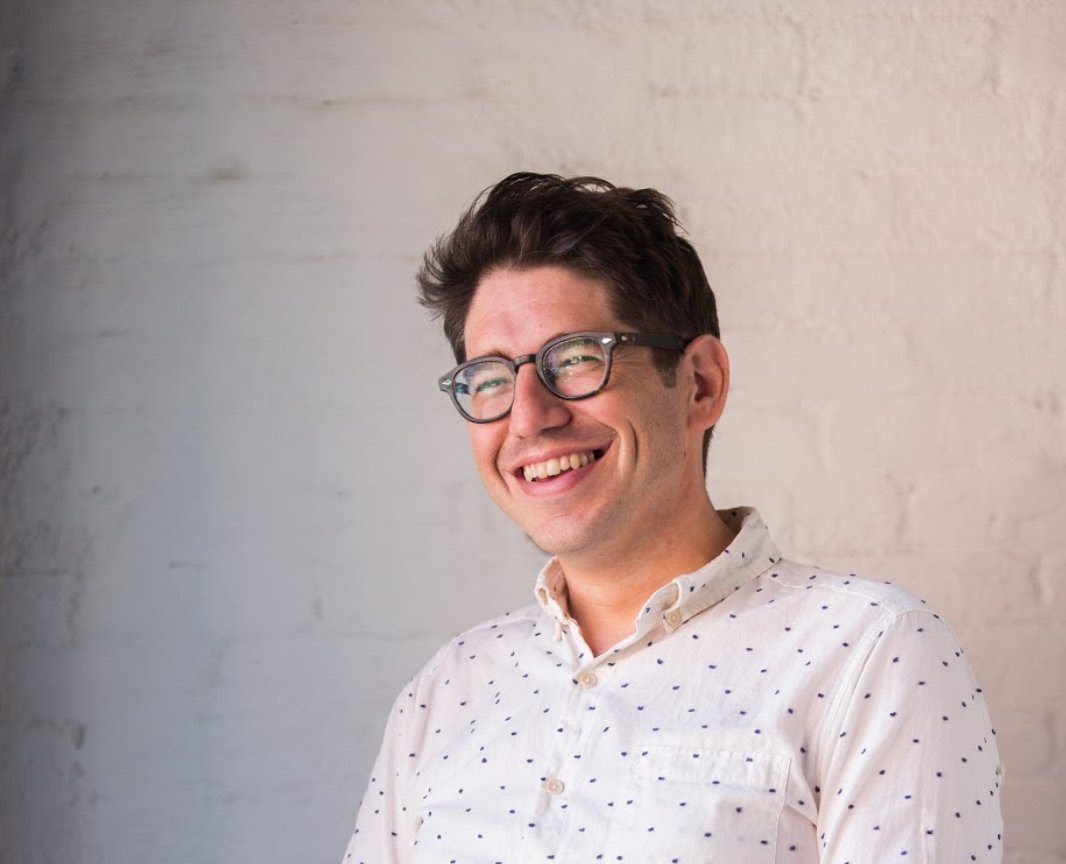




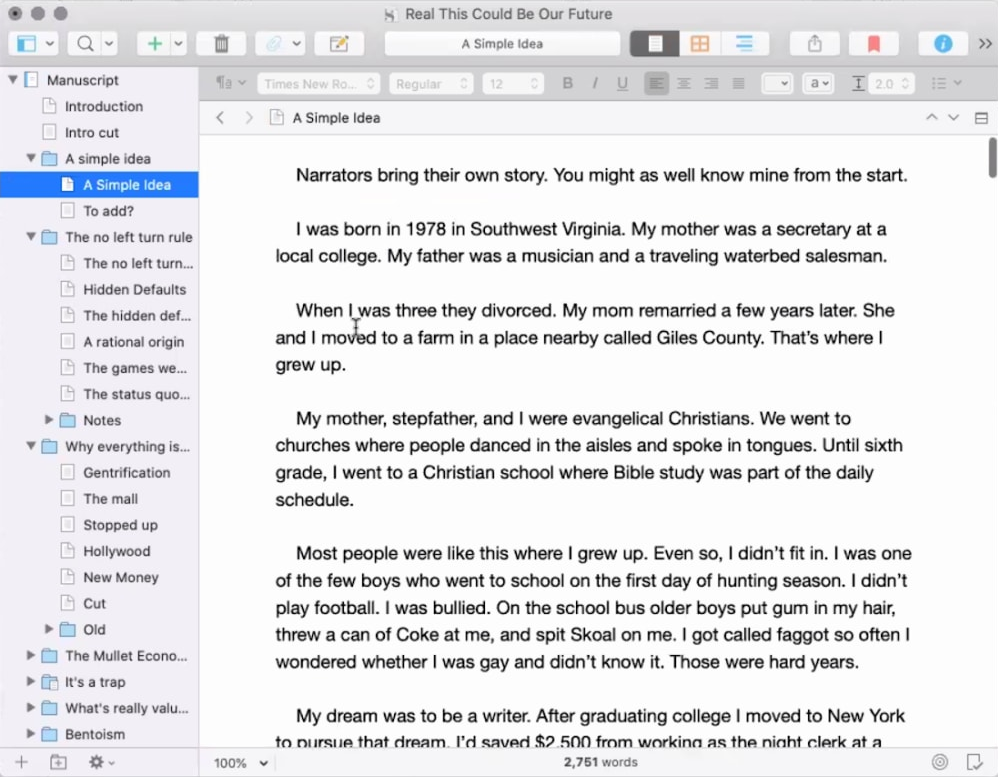
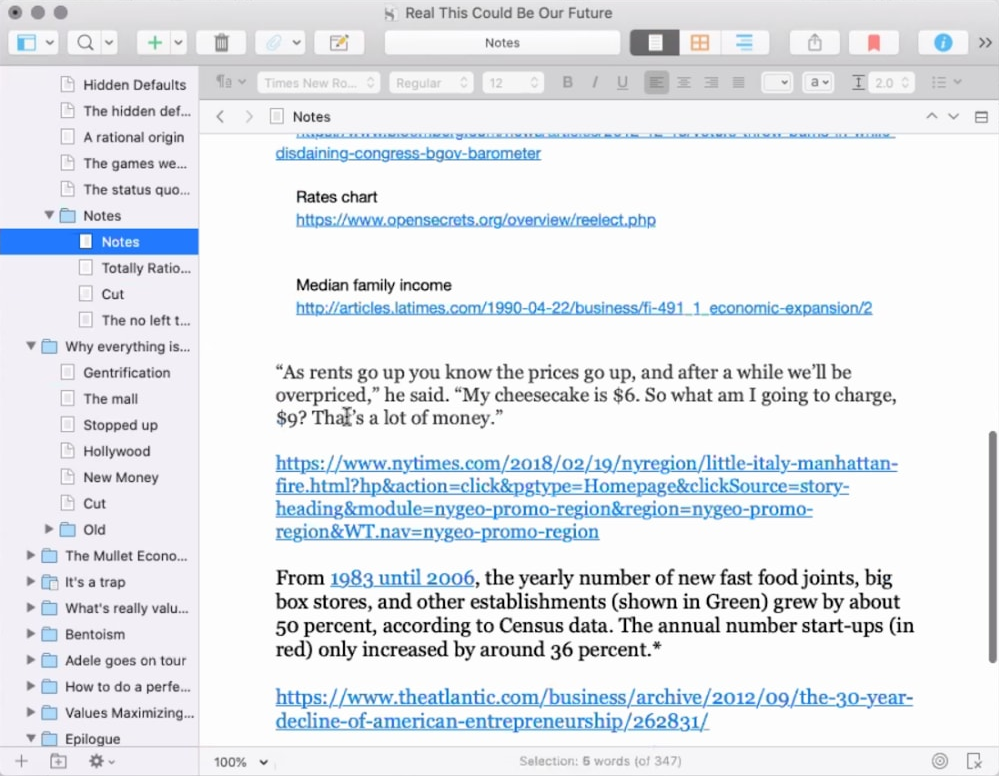

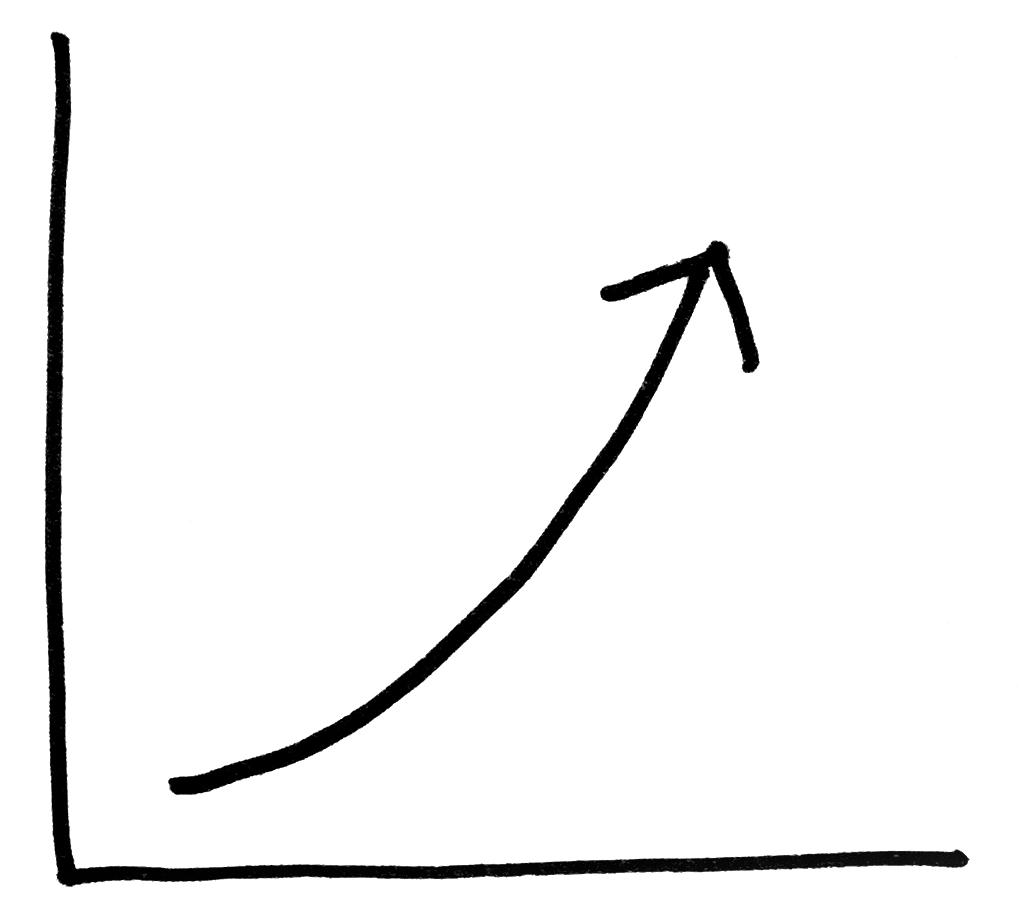
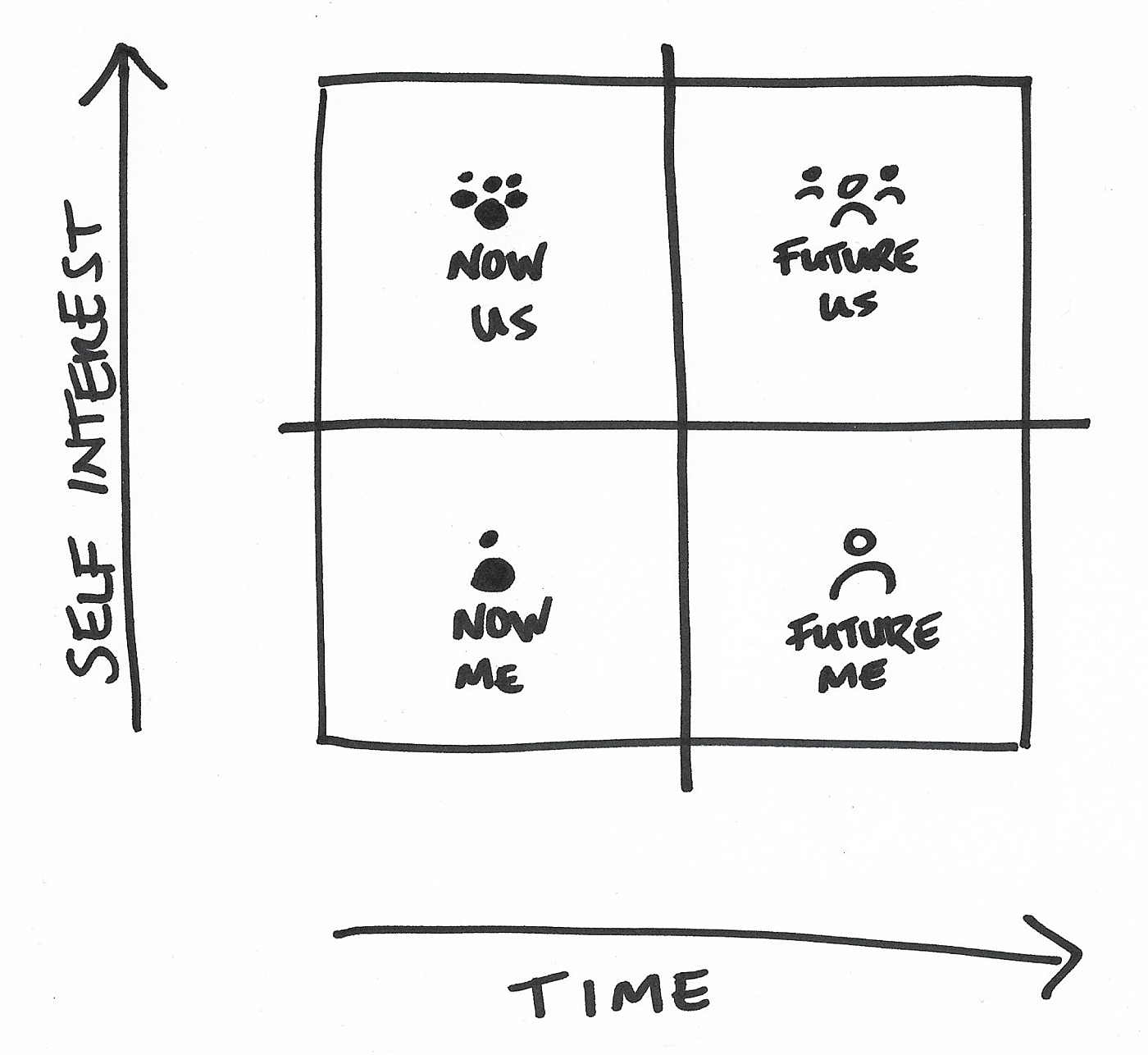
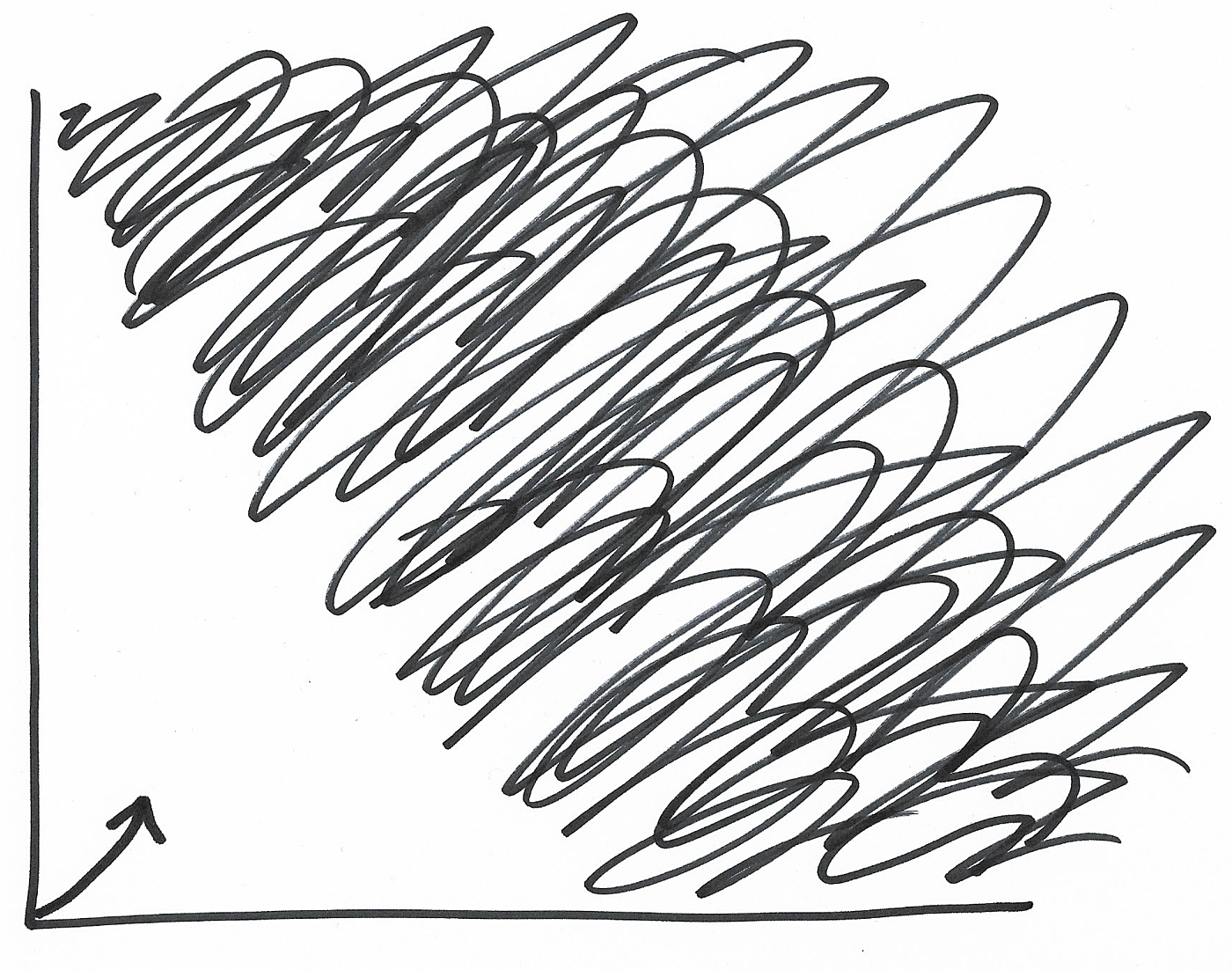
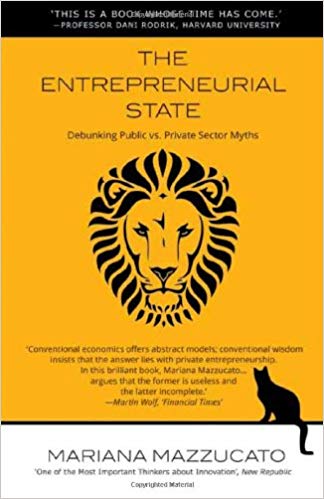






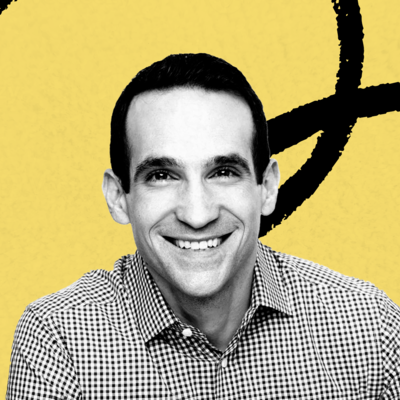

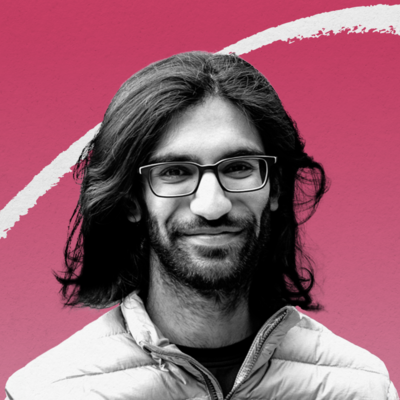

Comments
Don't have an account? Sign up!